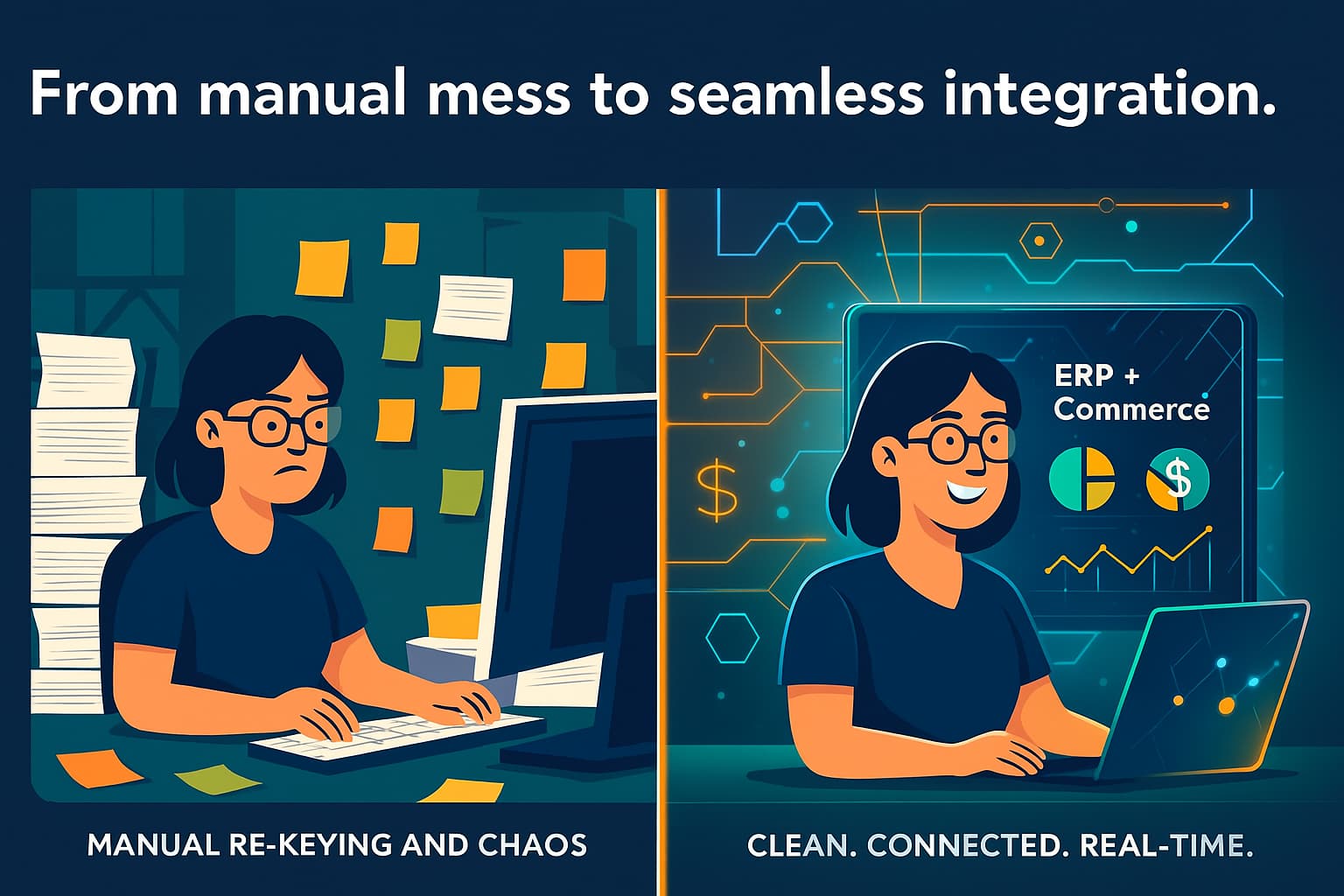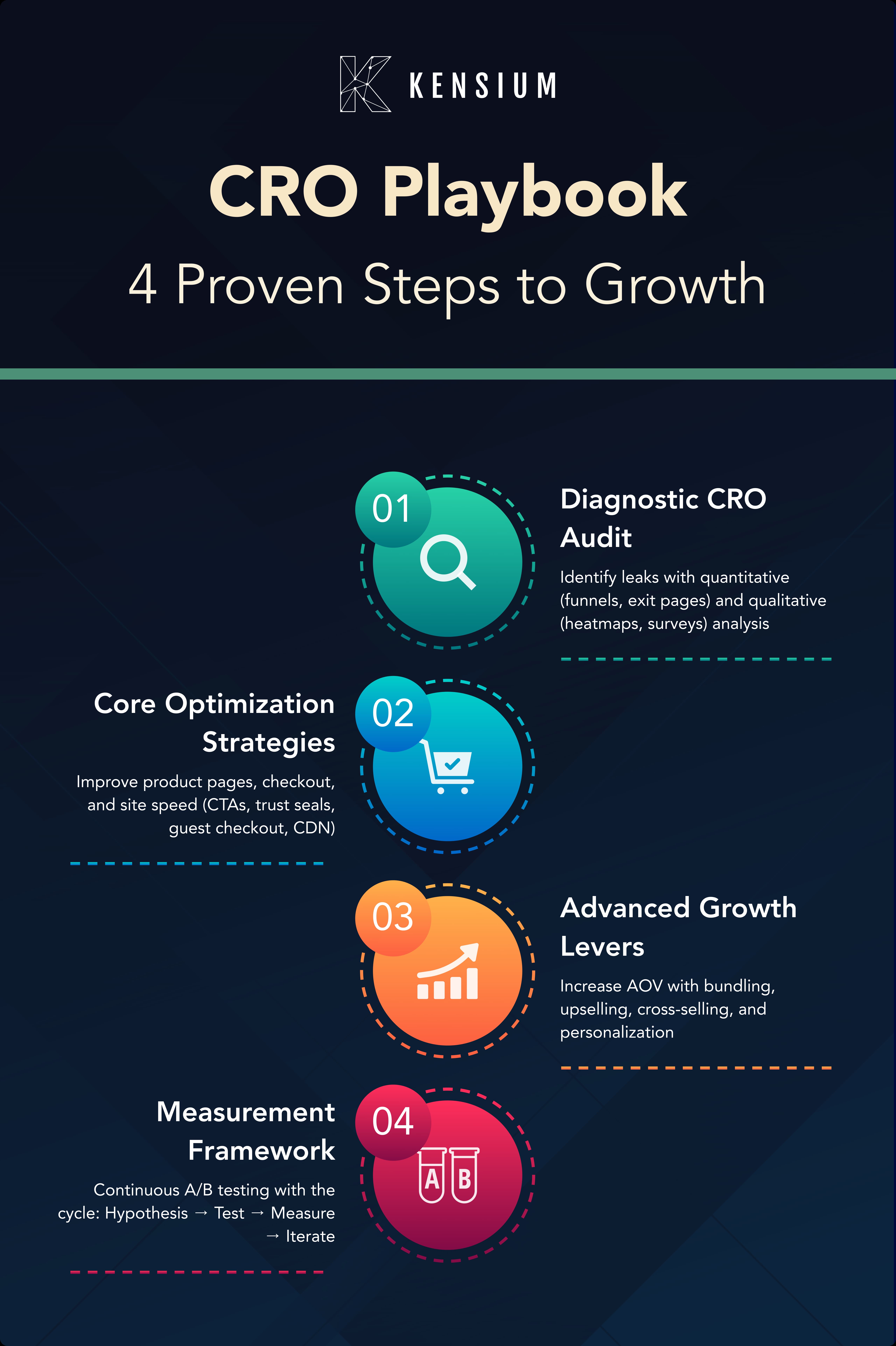
The novel coronavirus now known as COVID-19 emerged in January 2020 and has been rapidly proliferating globally ever since. It originated in the city of Wuhan in Hubei province in China, which has been on lock-down for weeks, affecting global supply chains and more recently, sending global stock markets into dizzying downward spirals.
In recent days, major tradeshow conferences have been canceled and organizations are restricting travel for their employees. Companies are shifting to videoconferencing technology to replace in-person hiring interviews and meetings. Some airlines have canceled flights to and from China. Panicked consumers in the U.S. have been raiding local stores for supplies such as hand sanitizer gel, temperature-stable consumable products, and water.
The port of Los Angeles and San Pedro Bay Complex, the largest point of entry for goods into North America, is on “heightened alert” according to a statement by LA Mayor, Eric Garcetti.
The New York Times reported on February 20, 2020, that Amazon.com, with an inventory of over 100 million SKUs, is scrambling to maintain an influx of goods into its warehouses. Prime Day, the site’s mid-summer bonanza, is potentially at risk. 3rd party merchants account for 60% of goods sold on the site and most of them import their goods from offshore suppliers. China remains the top source for imported goods at over 21% of all US imports and is our largest trading partner.
While consumers are eager to purchase goods online in lieu of braving the crowds in stores, will they find what they want at online merchant stores? The answer lies at the intersection of supply and demand.
Merchants that have a steady supply of products will find themselves able to fulfill increased customer demand. Merchants that rely on China or other impacted areas will be challenged to satisfy demand. For the moment, customers have been turning to eCommerce to fulfill orders for products they have been unable to find in local retailers, or they are shopping online to avoid crowds (and potential contamination) or they themselves are under quarantine.
At some point, as the virus’s impact grows exponentially and globally, will the impact on global supply chains and infrastructure impede even online sales? Will vendors be unable to fulfill orders because their workers are sick or told to stay home? Will warehouse and delivery workers stay home when sick or will they keep working because they may lack adequate sick time compensation and health insurance?
If there is increased traffic to eCommerce websites, will their cloud hosting platforms be adequately robust to handle a surge in traffic?
Though demand has increased in China, even the giant e-tailer Alibaba fell behind on fulfillment due to the virus impacting its workforce availability. The furniture retailer Wayfair saw its share price fall by 26% last month as at least half of its merchandise originates in China.
While eCommerce is a desirable alternative to in-store shopping for various reasons (quarantines, scarcity, fear of infection), the challenge lies in vendors’ ability to keep goods flowing in from their supply chains to their warehouses and from their warehouses to consumers’ mailboxes and porches.
Ecommerce vendors whose products are sourced or manufactured domestically may fare better than others, but it remains to be seen what will happen if and how the virus spreads and how it affects the workers whose efforts underlie all the magic of near-instant delivery. It’s also likely that luxury good categories may not thrive as most people focus on the necessities.
Employees in professional services and the technology sector are better positioned than most to work remotely and to thus continue to maintain websites and tech infrastructure. Kensium is a worldwide eCommerce solution provider, and as our employees shift to working from home, we continue to be able to service our clients 24/7 to maintain eCommerce websites.
Brick and mortar merchants and online retailers alike will be affected by a decrease in discretionary spending as the virus crisis impact spreads. For merchants specializing in non-essential goods, sales may be affected. However, an opportunity does exist to engage customers and divert traditional travel and restaurant spend towards your products. Figuring out the right sales strategy in these tough times is going to be the key to survival.








.png)











































































